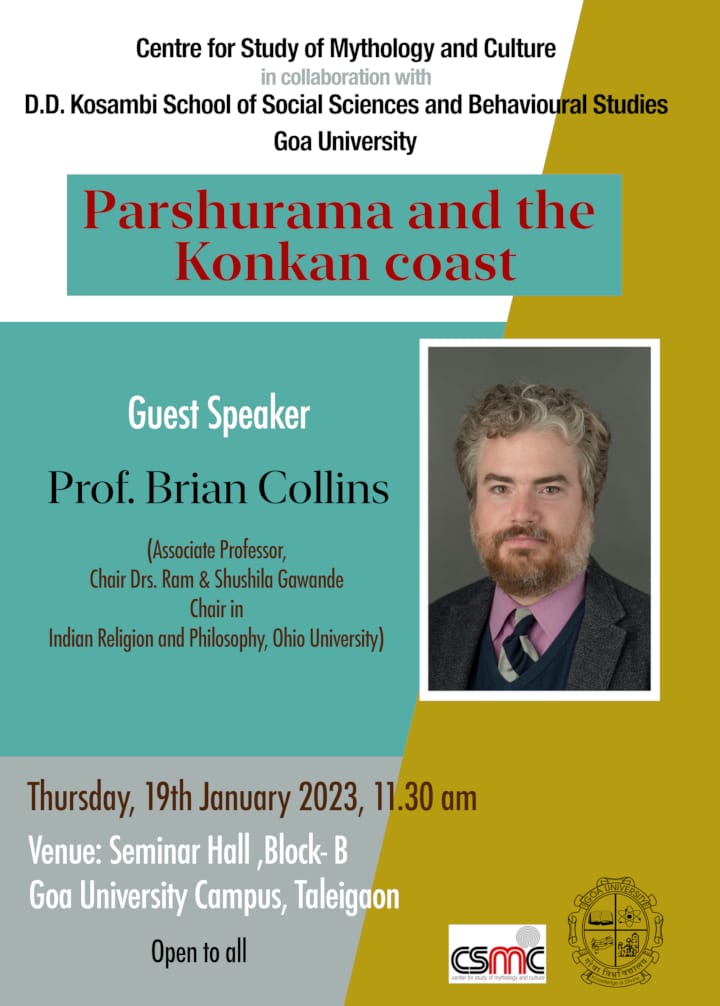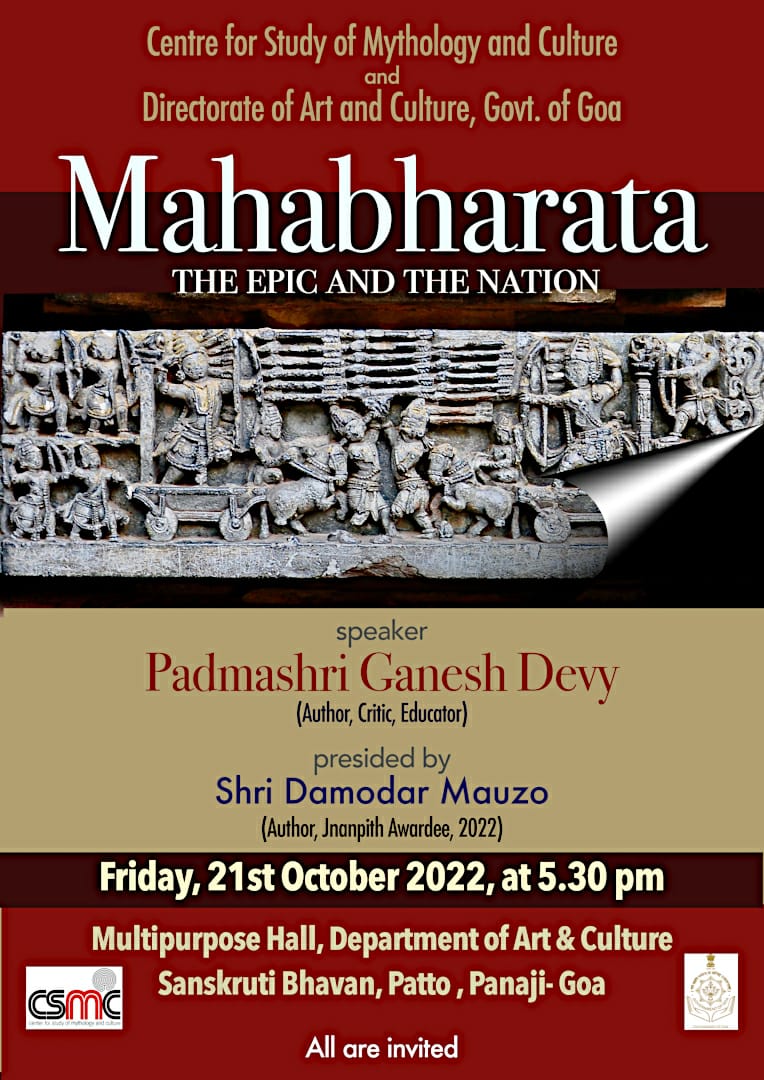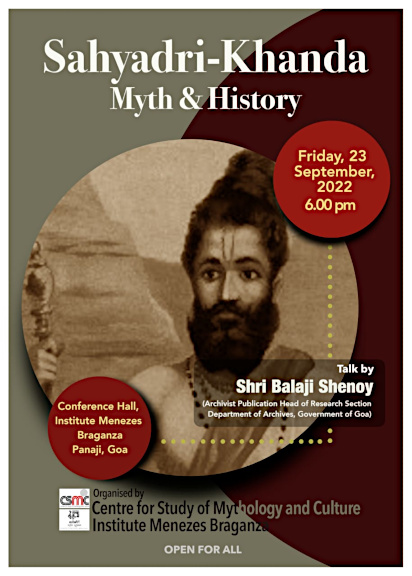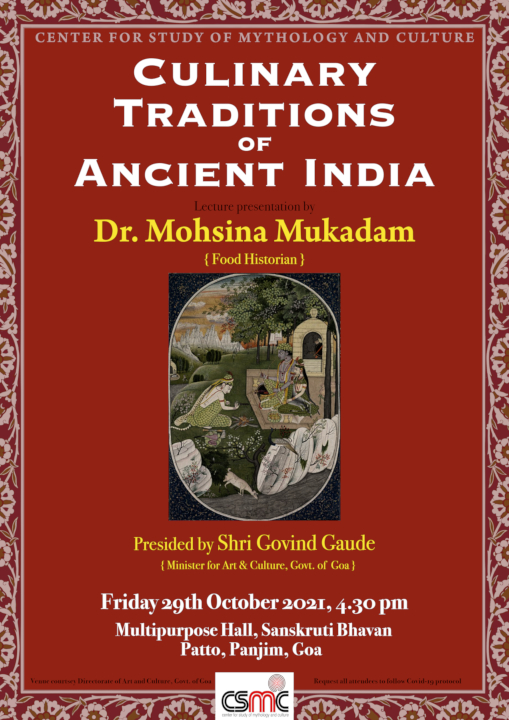We know that demon do not swallow the sun during eclipse but, there is no dearth of excitement and curiosity around this natural occurrence. The spectacular cosmic opera that unfolds before us during total solar eclipse still enthrals us and the fact that we now know more about the cosmos mechanic does not make it any less exciting. From holiday companies selling solar eclipse packages to eclipse chasers to drift through the clouds in cosy comfort of an airplane to get an up close and personal view of this cosmic drama, to cottage industry of safe solar goggles sellers all make brisk business over a short span capitalising on curiosity of people, kept alive since the beginning of time. If modern man still finds it captivating and is compelled to experience this wondrous cosmic drama, pause, and think about the hunter gatherer societies….what they made of this sudden disappearance of sun, black night engulfing the earth in middle of a day. It is quite natural that in their simplistic way they assumed someone has eaten the sun!!
To modern man it’s the Moon coming between the sun and earth but to the ancient man across most civilisations it was a call of doom and gloom. Every civilisation from India to Mesopotamia to China to Egypt viewed this temporary disruption of natural rhythm as an ominous sign…some sinister events to unfold in future.
As far as eclipse myth goes there’s a common theme that runs across all myths – that of a demon devouring the Sun. In some cultures the demon takes the form of a giant turtle as it is in Vietnam, while in Romania it takes the form of werewolf , or a dragon in Asia, a jaguar in Latin America, a serpent in Egypt so on and so forth. Not having the scientific knowledge and tools, ancient man was unable to understand that eclipse is very much part and parcel of the natural rhythm of the cosmos. They sought to explain, in their own way, this disruption of natural order, spun stories of doom and gloom, which expressed their fear and insecurities but most importantly their limited understanding of the physical world.
Retaining the devouring theme, eclipse myth from India and Korea adds an extra dimensions to the tale – that of theft, deception and cunning. Indian eclipse myth is complex, but a full-blown tale of theft and deception. When, Rahu, the rakshasa, disguised as a god, got hold of amrita, the elixir of life, the sun and moon saw this deception and promptly informed all-powerful Vishnu, the preserver of universe. Vishnu cut off the demons head before elixir could pass through his throat. Rahu in a rage ran after the sun to devour the orb and he was successful in doing so, but, only for a short while as he was already beheaded, the sun after being eaten, slipped through his throat and was restored to its original glory.
Korean myth explains this phenomenon as fire dog trying to steal the sun on king’s order. As the mythical canines try their best to capture the fiery sun and fails, but every time the dog bites the orb, an eclipse results
Amidst demon chasing Sun or moon stories, tales told by the Navajo tribe of Native American, Tahitian and Tlingits of Alaska and some Australian aboriginals strike a different cord. Navajo tribe, it seems had a better understanding of the physical world and the cosmos. Theirs is possibly the only story which reflects that the ancient man somewhere, somehow, figured out that eclipse is an integral part of the cosmic order and not some fearsome happening heralding bad luck. The Navajo believe that the cosmic order of the universe is all about balance and an eclipse is just part of nature’s law. So during eclipse the tribe pauses to acknowledge it as a special time, reflect on the cosmic order and by staying inside with their family, singing special songs, and refraining from eating, drinking, or sleeping, they pay their respect to the cosmic forces.
Tahiti leaves behind devouring, deception, theft theme behind and makes it an endearing tale of love of sun and moon, of the two coming together to make love. La the sun god and Marama the moon god were in love but longer they stayed together, the Sun god grew hotter (let’s not read between the lines here). They decided to separate but meet only once a year, and as sun embraces moon, once year during their much awaited re-union, eclipses happen. The same love theme resonates through the oral traditions of several Tlingit and Australian aboriginal cultures, where the sun and moon were a man and woman in love, and eclipses darkened the world when they got together so they would have a little privacy.
Certain native Australians figured out that something covered the sun, but they thought it was possum fur, a huge black bird or a sorcerer’s cloak rather than the moon.
Suriname’s Kalina tribe believed that the sun and moon were brothers, and an eclipse meant their sibling rivalry had gotten violent and one was knocked out.
In a Transylvanian folk tale, the sun turns away from humankind’s horrible behaviour during an eclipse, and toxic dew falls. (Dew does appear during some eclipses because of a temperature drop, but it is not poisonous.)
So what did the ancient man do to save their world from impending doom? Ancient man believed that by banging and clanging pots and vessel and chanting loudly one could stop the eclipse and thus ward off the evil effect of eclipse. Even today, in many cultures this ritual continues. Many cultures believe that eclipse is dangerous for the unborn foetus of a pregnant woman and so, in India pregnant women still refrain from doing any house work especially cutting or sewing in fear that the child might be born with deformity. In Mexico and other Latin American countries pregnant women wear red pants with safety pin attached to ward off the ill effect of eclipse. Another common misconception around eclipse is that the harmful rays from the sun poisons food cooked during eclipse so, even now, in 21st century India the tradition of fasting or not cooking during solar eclipse still continues.
Eclipse was also considered to be harbinger of bad times ahead. In 763 BC an uprising against the government happened in the city of Ashur, now known as Qal’at Sherqat in Iraq. The uprising coincided with the year of solar eclipse. In England, King Henry I, the son of William the Conqueror, died in A.D. 1133 and the event coincided with a total solar eclipse. With such scattered happening, the human race is prompt at correlating the incidents, capitalise on fear factor, and paint a doomsday picture, a classic case of a biased view of causes and effects.
With so many tales around eclipse, weird beliefs and rituals still gripping different cultures what is it about eclipses that still make us go a little loopy? Is it because it is a sensory experience and we can actually see the shadow of the moon racing across the sky and in a split second we realise that we are watching the solar system in motion or is it the sheer beauty of the spectacle. Whatever it is, the quest for this experience still spurs millions of people to flood parks, roads, trails and towns along the path of totality as it did to the hunter gathers, few thousand years ago, who helplessly stared at the darkening Sun clanging their pots and pans, chanting loudly , hoping to scare away the demon.












Leave a Comment